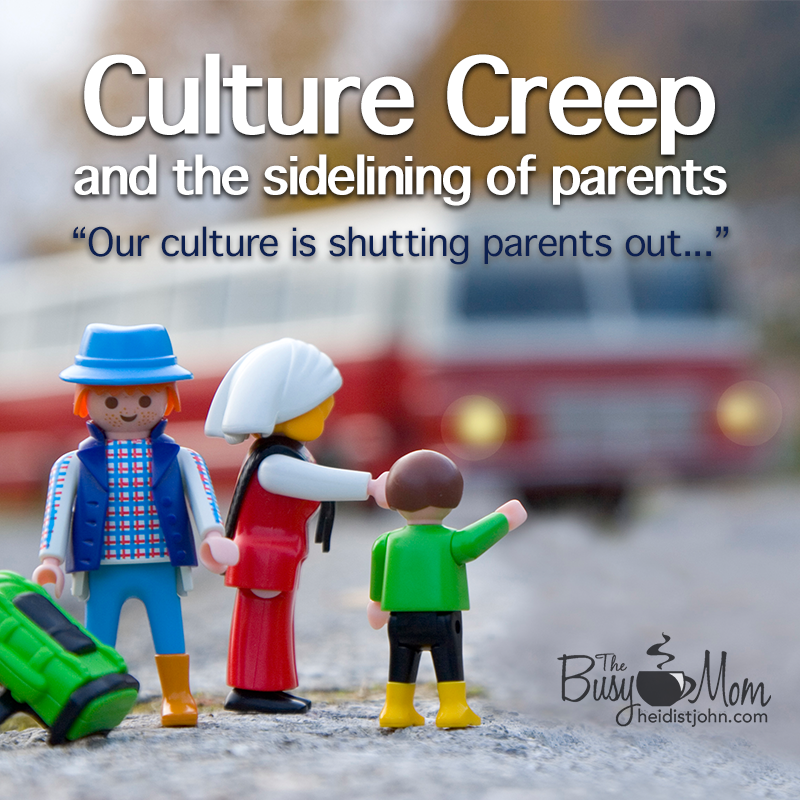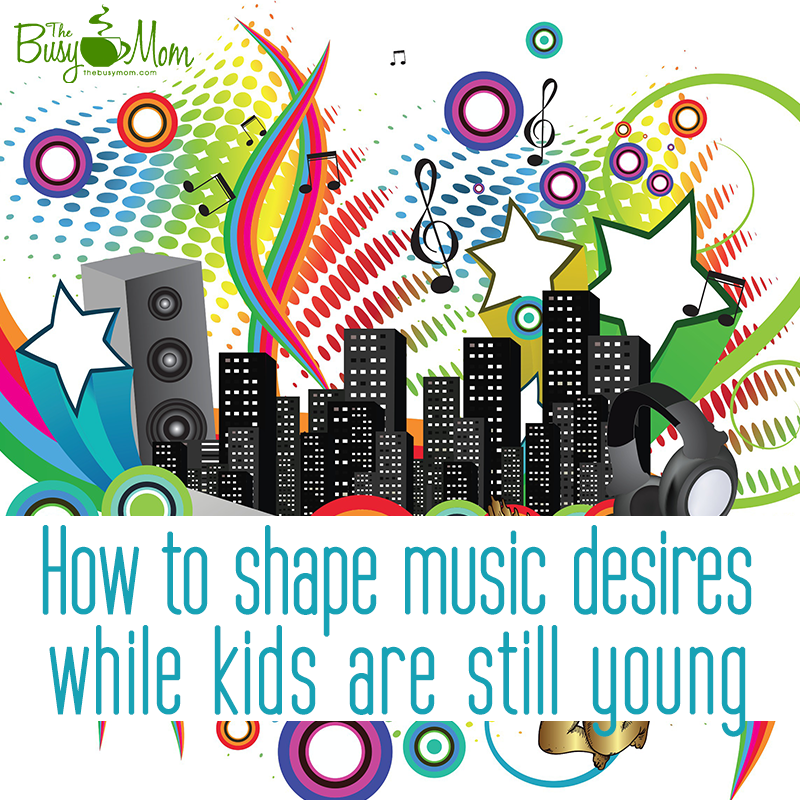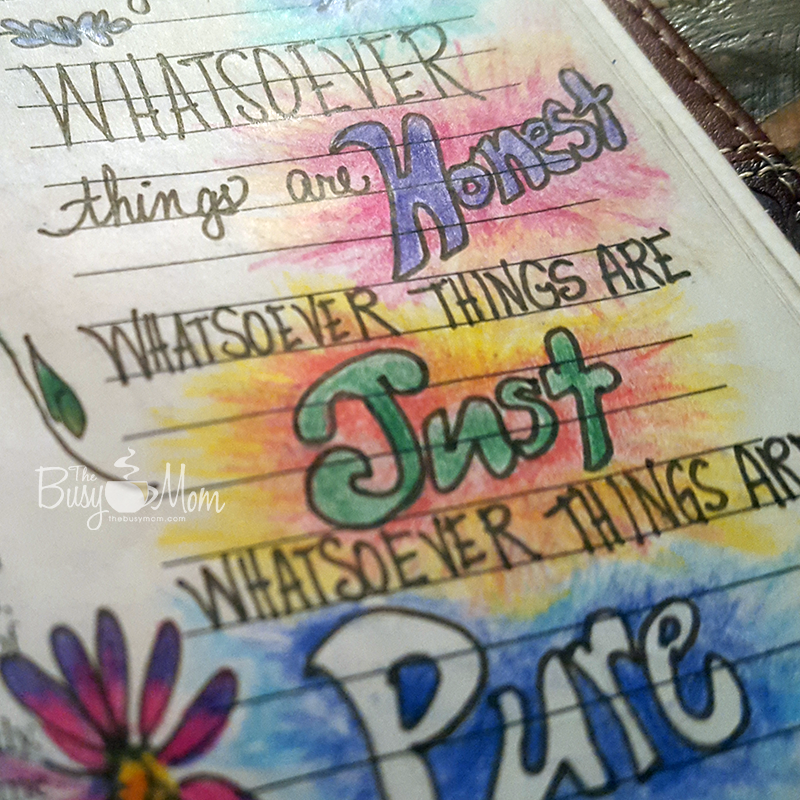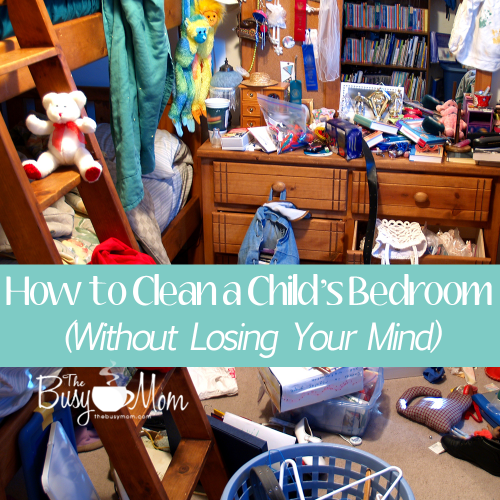I can hear them now as my hubby and I wash up after dinner. They are running around, enjoying the respite from our intense desert sun while they soak up that important time outside. One boy runs inside to inform me that he’s discovered a new path. Really it is just a long stretch of space behind a line of bushes. But in his mind, it is ripe with mystery and opportunity. He grabs at my hand, begging me to explore this path with him. I arrive in time for a lizard funeral as boys relay their attempt to rescue this scaly creature from a bird. In the span of 2 minutes, we’ve discussed funeral practices, heaven, predator/prey relationships, and compassion. And I didn’t have to plan a thing.
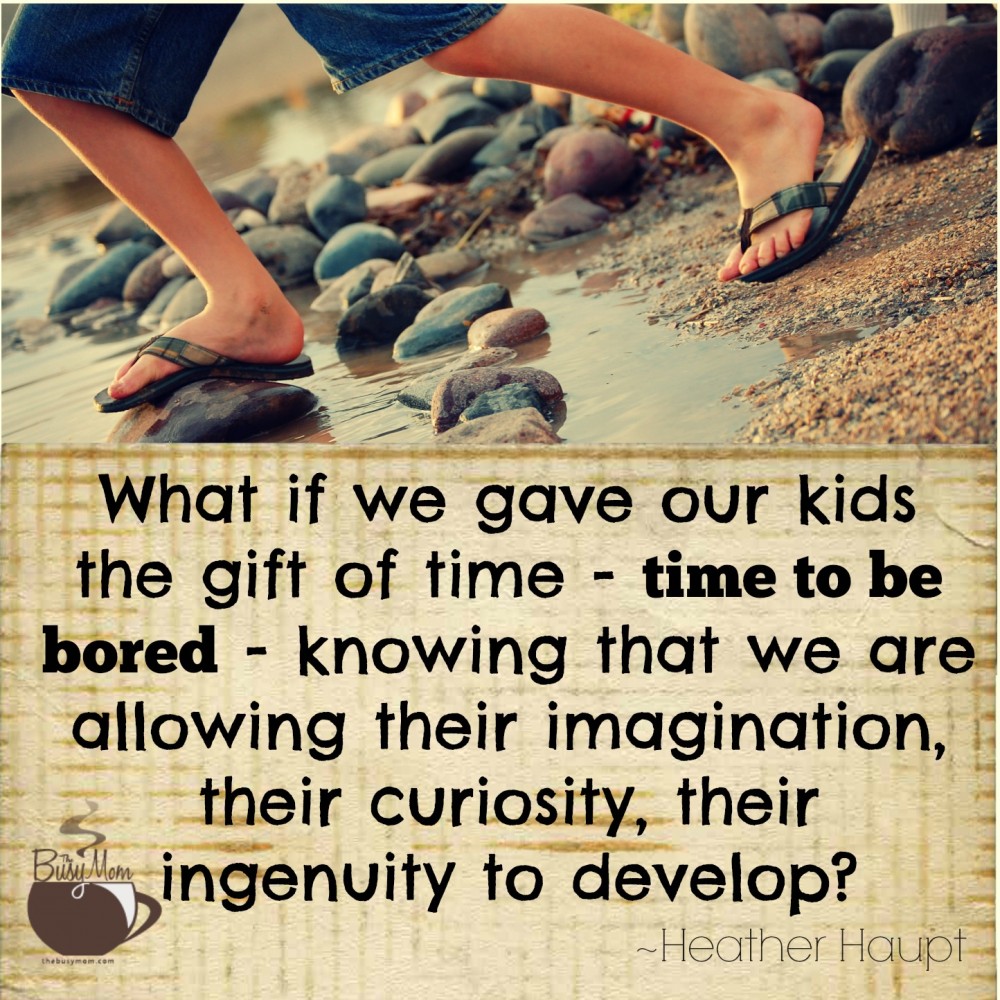
Ahhh, the lazy days of summer – when kids run wild – exploring, building forts, climbing trees, forming clubs, reading books. Well, that’s the way it used to be anyways.
These days we are all about programs and bucket lists…
And if we aren’t keeping our kids busy and occupied with these than we give them our ipads, smartphones or some other kind of screen to keep them occupied.
But what if we did something drastic and returned to the good ol’ days, the lazy days of summer? What if we embraced the value of time – time to be bored – knowing that we are allowing their imagination, their curiosity, their ingenuity to develop?
They say that “necessity is the mother of invention,” but I’d venture to add that a bit of boredom accomplishes this too! It takes skill to know what to do with oneself. If we remove distractions and take the time to provide these opportunities, think of what a gift we can give them. And while we are at it, we can unplug and just be as well. We can be present – enter into their worlds, bring them into ours. We can read, talk, bake, and explore free from the confines of “busyness.” Our culture has idolized the concept of being busy and redefined what that looks like. It is program focused, instead of people focused. And all too often it leaves us frantic, disconnected, and unable to just be there for the little things in life. Life is busy, but let’s take a look at what we are busy doing and then help our children learn how to constructively occupy their own time without always doing it for them. Because these are the moments when most of life’s lessons are learned. It’s nearly impossible to plan for; we simply need to be available.
So how do we embrace this kind of “time?” I’m sharing a few ideas about how to embrace boredom in a way that cultivates creativity over at my blog, Cultivated Lives.
Heather.

Shop Heidi’s Amazon Store for Homeschool resources, recommendations, and more!






